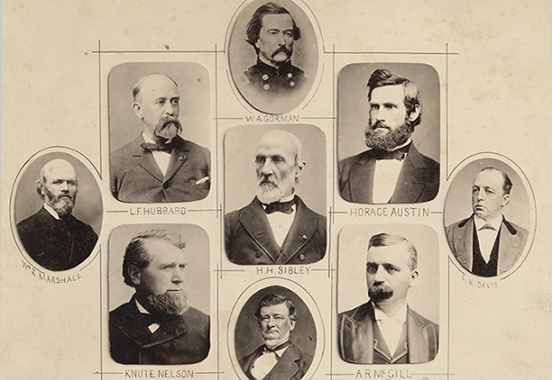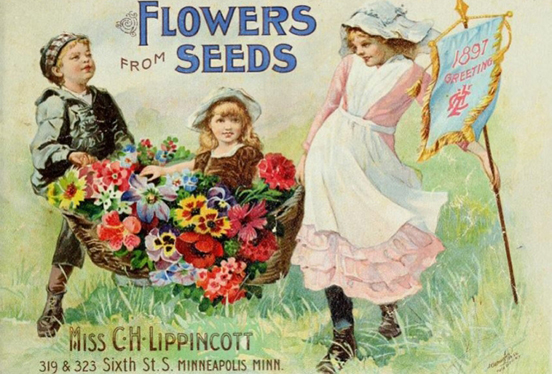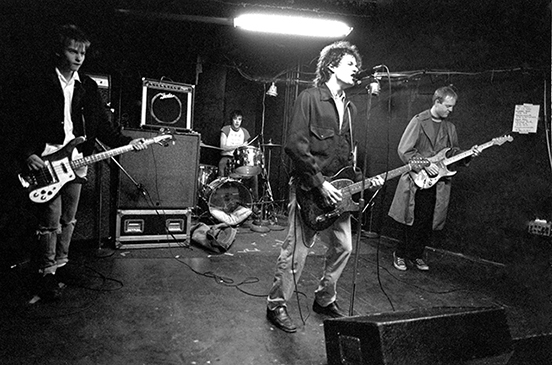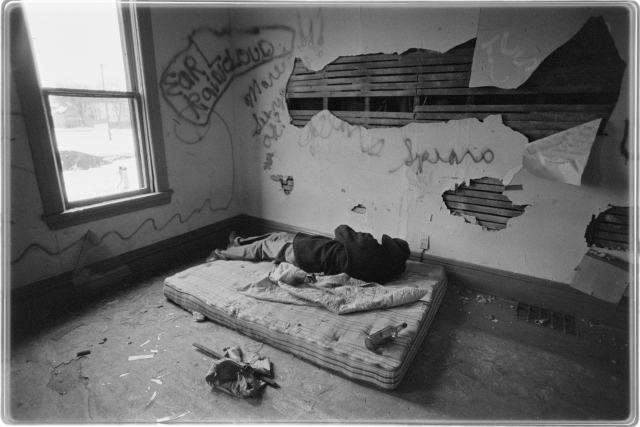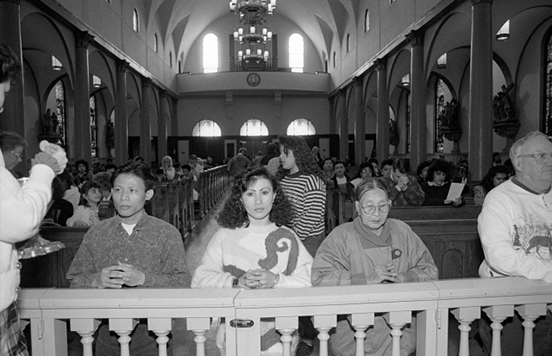Mabel Simis Ulrich was a public health educator, physician, author, and public figure whose pioneering work in sex education propelled her onto multiple public health commissions in Minneapolis. She contributed to the cultural scene in Minneapolis through a bookstore that she owned, and headed the Federal Writers’ Project (FWP) in Minnesota under the Works Progress Administration (WPA) in the 1930s.
- Membership |
- Shop |
- Calendar |
- Donate


